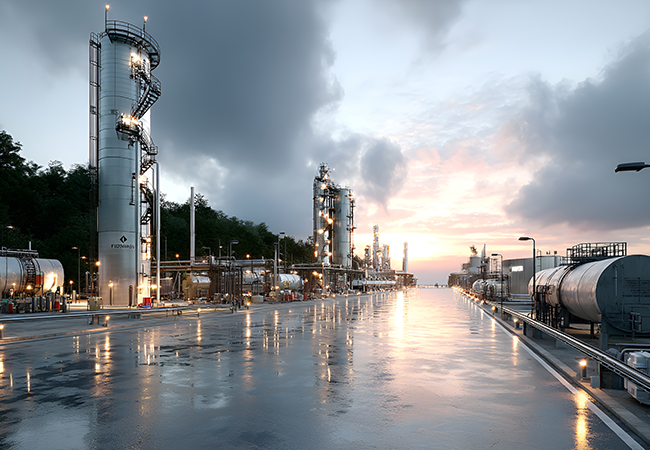The year 2025 is set to be pivotal for the global energy and natural resources sector. The ongoing Russia-Ukraine conflict, a ceasefire in Gaza, and the upcoming COP30 summit in Brazil — which will be crucial for climate policy — are all shaping an uncertain landscape. Meanwhile, the start of Trump’s second term, with early moves on war and trade tariffs, has added new layers of geopolitical tension.
Amid this complex backdrop, energy companies face tough decisions on capital allocation across fossil fuels and low-carbon investments. Following record-breaking M&A activity over the past 18 months, consolidation among oil majors remains strong and could soon spread to mining. At the same time, the data center and AI boom is driving urgent demand for round-the-clock clean electricity, requiring robust policy support.
Here are the five key trends that will shape the energy sector in 2025:
1. Geopolitics and Trade Policies Reshaping Markets
Trump’s new tariff plans pose a substantial threat to global growth, potentially shaving 50 basis points off GDP expansion and lowering it to around 3%. This could trim global oil demand by 500,000 barrels per day — roughly half a year’s growth. Meanwhile, the U.S. withdrawal from the Paris Agreement leaves little chance of countries raising their NDC targets ahead of COP30 to get back on track for 2°C. Even as Trump places Ukraine and Middle East peace high on the agenda, any resolution may increase commodity supply and depress prices.


2. Investment Rising, but at a Slower Pace
Total energy and natural resources investment is expected to exceed USD 1.5 trillion in 2025, up 6% from 2024 — a new record, yet with growth slowing to half the pace seen earlier this decade. Companies are exercising greater caution, reflecting uncertainty over the speed of energy transition. Low-carbon investments rose to 50% of total energy spending by 2021 but have since plateaued. Achieving Paris targets will require a further 60% increase in such investments by 2030.
3. European Oil Majors Chart Their Response
As U.S. oil giants use strong equities to acquire domestic independents, all eyes are on Shell, BP and Equinor. Their current priority is financial resilience — optimizing portfolios by divesting non-core assets, improving cost efficiencies, and growing free cash flow to support shareholder returns. Still, weak oil and gas prices could spark a transformative deal by European majors later in 2025.
4. Oil, Gas and Metals Set for Volatile Prices
OPEC+ faces another challenging year trying to keep Brent above USD 80/bbl for a fourth year in a row. With robust non-OPEC supply, we expect Brent to average USD 70-75/bbl in 2025. Gas markets could tighten further before new LNG capacity arrives in 2026, driving prices higher and more volatile. Copper prices started 2025 at USD 4.15/lb, down from 2024 peaks, but are expected to rebound to an average USD 4.50/lb due to strong U.S. and Chinese demand outpacing new mine supply.
5. Power & Renewables: A Year of Accelerating Innovation
Slow permitting and interconnection have long throttled renewable energy growth. Signs are emerging that 2025 could mark a turning point. Germany’s reforms have lifted onshore wind approvals by 150% since 2022, while U.S. FERC reforms are beginning to shorten interconnection timelines — with some ISOs rolling out automation to cut studies from years to months. Rapid data center expansion is also pushing governments, especially in the U.S., to prioritize electricity supply. Over time, this could tighten gas markets and drive up power prices, becoming a political flashpoint much like gasoline prices ahead of last year’s elections.
As the landscape continues to evolve, energy players will need to navigate these opportunities and risks with agility to secure their future in this defining era.

Post time: Jul-04-2025





